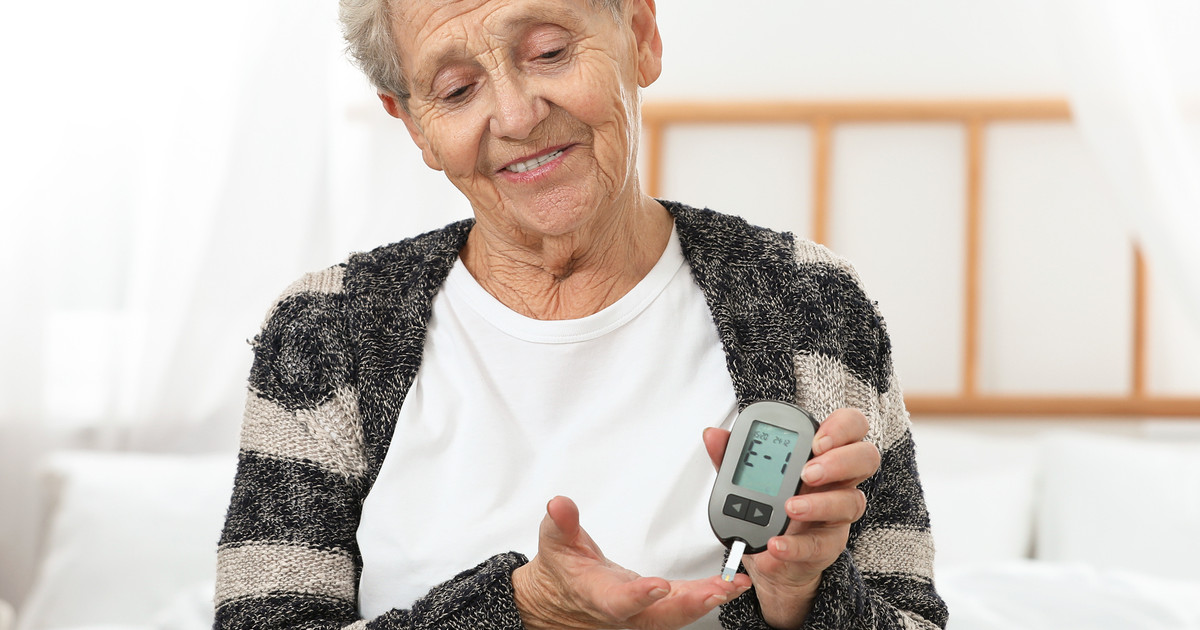Guide To Common Eye Problems In Seniors And What To Do About Them
Diabetic Eye Disorders

Seniors with diabetes should carefully manage their blood sugar levels to prevent diabetic retinopathy, a complication of diabetes that affects the eyes. High blood glucose can cause damage to the blood vessels in the eyes and block the pathways that nourish the retina. When the eyes try to grow new blood vessels, they do not develop properly and leak easily, and the result is impaired vision. Diabetic retinopathy can also be the cause of other eye conditions, including macular degeneration and macular edema. Retinal detachment can also occur.
Certain factors along with diabetes increase the risk of diabetic retinopathy, including the length of time someone has had diabetes, blood sugar instability, high blood pressure, high cholesterol, pregnancy, smoking, and being African American, Hispanic, or Native American. Treatment depends on the type of diabetic retinopathy and may include no treatment, monitoring, or surgery.
Presbyopia

There is no way to fully prevent presbyopia from happening. Every individual will experience some degree of this condition as they age. As individuals get older, their eyes have a harder time focusing on objects close to them. This is because the lens in the eye isn't as elastic and flexible as it used to be, which makes it difficult to bend and focus. Individuals can protect their vision by having their eyes regularly examined and wearing sunglasses in bright sunlight. Individuals should also wear protective gear when they do activities that might cause injury to the eyes.
They should make sure to eat a healthy diet including nutrients and vitamins that supplement the eyes. They should also read in good lighting. If individuals do notice their vision is becoming worse, they can talk to a doctor. Many individuals find reading glasses help improve their vision and restore their quality of life. Those who are concerned should make an appointment to talk to their optometrist.
